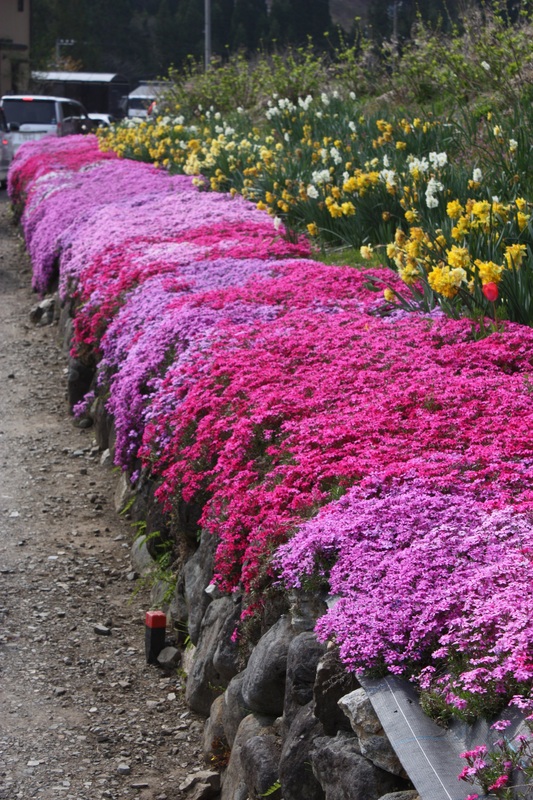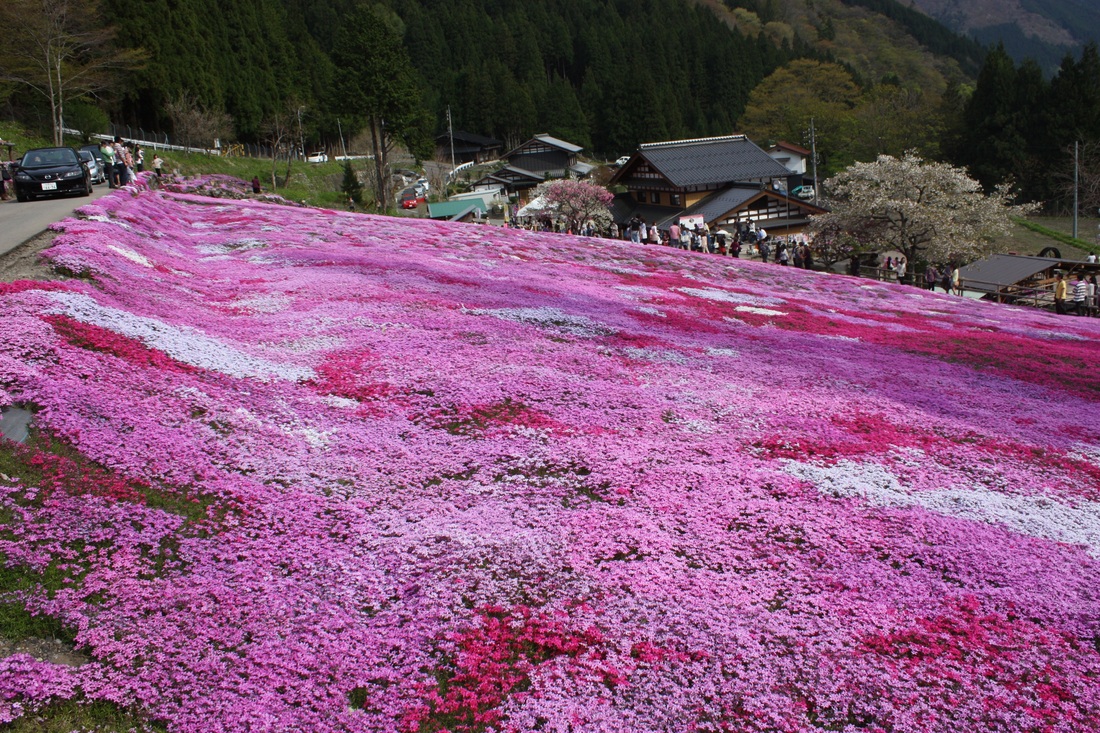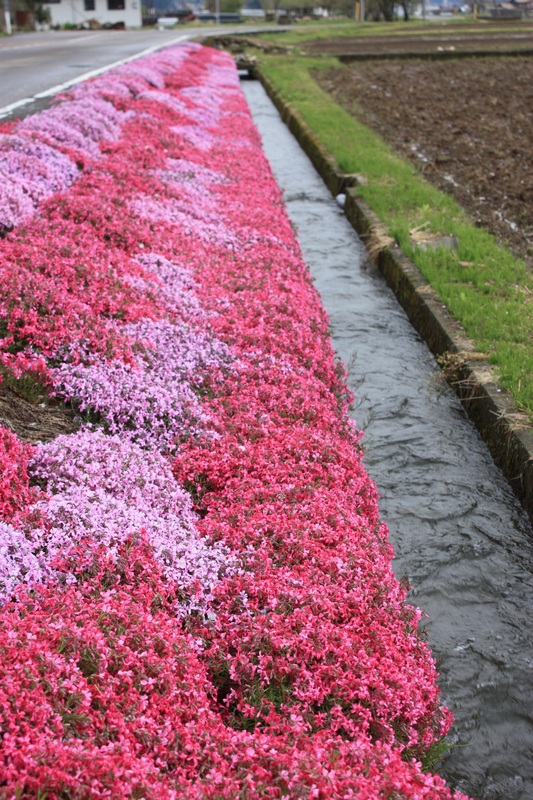gardening
Creating Your Japanese Vegetable Garden
Japanese vegetable gardens have different designs, techniques, and plants that make them unique. Japanese gardens have evolved due to the environment and elements that surround them just like any other gardens would. The plants they grow mix together to make the famous and extremely healthy Japanese cuisine that we all have grown to love. The various techniques that they use not only allow them to get optimal results in their gardens, but can be used wherever your garden might be located. And as you have seen in pictures and TV the design of Japanese gardens is amazing and highly sought after. The design is the ultimate base and starting point for a successful Japanese vegetable garden or any garden for that matter. Over the past 5 years I have lived and gardened in various locations in Japan and would like to share with you the fundamentals I have observed that go into making a successful Japanese style vegetable garden.
Like most gardens the design and location of the garden is of the utmost importance to get the most out of your plants. Japanese gardens are positioned close to the house in area that gets the most sun. I am very impressed with the way they have approached irrigation here in Japan. Water is very abundant here in Japan running down from the melting snow on the mountains into the rivers. Rivers are scattered all over Japan and one is not too far off no matter where you live. Due to rice cultivation the Japanese have constructed a complex irrigation system that flows everywhere. Gardens benefit from this as they are placed right next to irrigation canals for easy watering and great drainage in heavy rainfall. Big stones and round rocks are used for pathways, separating areas, and terracing. Most gardens are square and raised for deep soil and good drainage. Various Japanese trees and bamboo are usually close by and help to support various insects and wildlife that are beneficial to the garden.
Japanese vegetable gardens incorporate many different techniques and vary from garden to garden but I will try and cover the ones that are most commonly used here. Long ago Japanese families were self sufficient and relied solely on their gardens to provide sustenance. Making gardening a vital part to surviving and this has been passed down through generations. Gardening is a way of life and taken seriously and given the utmost respect. The Japanese are very efficient and productive when it comes to using their available space. Here in the countryside where I live gardens are literally everywhere. When I walk around my little town the gardens are immaculate, organized, and full of clever ideas. A combination of manure and green manuring is most commonly used in my area. White clover and barley seem to be a popular and effective green manure and weed deterrent here. Chemical fertilizers abound but are mostly used for the rice fields as importance is placed on fresh and natural vegetables! Most Japanese households have three generations living under one roof making for a full house. A full house creates lots of trash so trench composting is very common here with garden and kitchen leftovers. Trellis for everything! This does a few things: increases air circulation, sun exposure, and gives plants bigger and better harvest because the plant doesn’t have to worry about being strong to support itself. This is where bamboo lends its helping hand in various types of trellises from tomatoes to pumpkins. Trellising is just the beginning of bamboos uses here, but that is a whole other article. Like other gardens companion planting and rotation are used. But I think more importance is placed on these two things here than in other places. I was scolded by a neighbor and told it was extremely bad not to rotate and to always make sure to put certain crops together. Old carpet is used for weed cover and water retention. Black plastic is also used A LOT for weed cover and increasing soil heat for the plants. Due to the ample amount of water in and around the gardens weeds abound if left unchecked and here weeding and weedwacking are done religiously. They even have days that the community as a whole goes out and does weeding! And lastly, flowers are put in and around the garden for not only decoration but to attract bees to pollinate the various fruits and vegetables in the garden.
All year round Japanese vegetable gardens are in use and packed with goodies to eat. They plant carrots, garlic, onion, and daikon to sit under the snow during winter. Spring time is filled with a myriad of greens, summer is time to get all the staple foods taken care of, and fall brings fruits and a new round of greens. Mizuna(水菜) which literally means water greens and in my opinion tastes like a bland arugula is used for a variety of traditional soups and salads here. Shiso is a common herb used for decoration or ground up and used on top of a number of dishes. Komatsuna(小松菜) which translates into `small pine tree greens` is a variant of the common turnip but used for its leaves in numerous soups and stews. Then we get to the Japanese staple crops which are similar to anywhere in the world with tomato, potato, and onions leading the way but they also have a big white radish called daikon, leek, and edamame which are given big portions of the garden as well. I have found some differences in the corn and watermelons from elsewhere in the world as they are smaller and sweeter than any other I have ever tried.
The Japanese have learned to live with their surroundings and do not fight it. They don’t use the idea of an instant garden but see it as more of an investment that grows over time. They use whatever is around that nature as given them to construct, maintain, and improve their vegetable gardens. I have found using as much organic fertilizer as possible, bamboo, round rocks, trellising, and native plants to be very pleasing and productive for me. My own Japanese vegetable garden has prospered by using some of their design, techniques, and plants. I am not an expert by any means and strive to pay attention to detail so that I can learn as much as I can while I’m here. I hope you can try out some of these new veggies and incorporate a few new ideas when it comes time to construct your very own Japanese vegetable garden.










